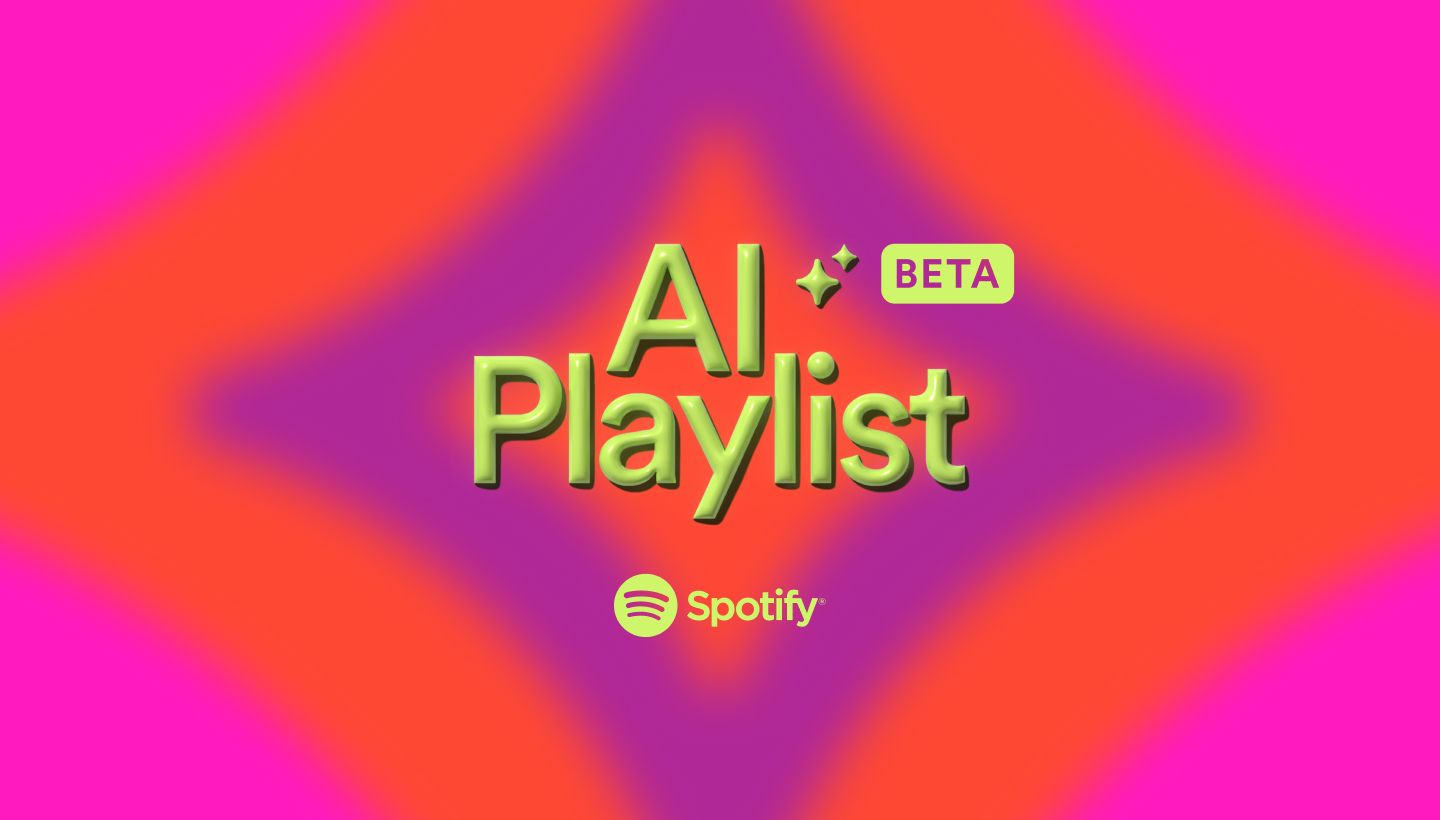How Does Spotify Use AI : Case Study
From startups to giants, everyone’s building with AI — and hiring AI PMs to do it.
Imagine this: It's Monday morning. You're commuting to work, earbuds in, when you open Spotify and see a fresh Discover Weekly playlist waiting for you. Those 30 songs—somehow perfectly matched to your taste—make the start of your week just a bit more bearable.
That's not a coincidence. It's AI at work.
Spotify has transformed from a simple music streaming service into an AI-powered personalization platform that feels almost magical in its ability to predict what you want to hear. Let's explore how this transformation happened and what product managers across industries can learn from it.
How Spotify's AI Has Changed Over Time
1. Discover Weekly (2015): The Foundation
What it is: Weekly personalized playlist using collaborative filtering, natural language processing, and audio analysis
Impact: Drives 30% of total listening time
Why it matters: Created a weekly engagement hook that users actively look forward to.
2. Day lists: Contextual Awareness
What it is: Updates 3x daily with quirky, context-aware titles (e.g., "Witchy Ethereal Tuesday").
Impact: Achieves 80% engagement among personalization-preferring users.
Why it matters: Combining AI with a human-like personality.
3. AI DJ (2023): Voice-Enabled Curation
Technology: Combines generative AI with voice cloning (Sonantic).
Experience: Creates real-time playlists with human-like commentary.
Impact: Boosts user retention by 15%.
4. AI Playlist (2024): User Control
What it is: Text-to-music generation allowing natural language prompts.
Example: "Songs for rainy days" creates a themed playlist.
Engagement: 60% weekly reuse among beta users.
Business Impact of Spotify's AI Strategy
For product managers, the most compelling aspect of Spotify's AI strategy is how directly it ties to business outcomes:
Revenue Growth
AI-targeted advertising: +17% YoY, reaching ₹12,806 Cr
Premium subscriptions: +12% YoY to 252M users (with AI cited as core driver)
Overall revenue: ₹1,40,400 crore in 2024 (+17.9% YoY)
User Engagement & Retention
AI users spend 140 mins/day vs. 99 mins for non-AI users
AI-recommended users have 40% higher retention
AI DJ feature boosted user retention by 15%
Premium Conversion
Personalized playlists contribute to 46% of premium conversions
AI-supported podcast listeners are 2x more likely to go premium
These metrics tell a powerful story: AI features aren't just "nice to have" engagement tools—they're primary drivers of Spotify's core business metrics.
The Technical Stack Powering Spotify's AI Strategy
Product managers looking to implement AI should understand the infrastructure investments required. Spotify's AI capabilities are built on:
Echo Nest (Acquired 2014): Improved algorithmic recommendations, resulting in 10% churn reduction
Sonantic (2022): Voice cloning technology supporting 14+ languages, powering the conversational AI DJ feature
Google Cloud AI: Processing 500 B+ daily events in real-time
This demonstrates that serious AI product development requires both building proprietary technology and leveraging best-in-class infrastructure partners.
How Spotify Uses AI to Improve the User Experience?
Acquisition
Spotify Wrapped: AI-powered listening summary turned viral marketing tool
Impact: 80M shares in 2024, driving organic growth
Retention
Personalization: Creates habit-forming daily engagement
Result: 44% daily active users vs. 35% industry average
Monetization
Premium Conversion: AI features drive subscription growth
Ad Targeting: Improved relevance increases ad revenue
Addressing the Challenges:
Despite its success, Spotify's AI implementation faces important challenges that product managers must consider:
Artist Payout Imbalance:- AI tends to boost major label exposure, potentially risking indie artist earnings. This highlights how AI systems can inadvertently reinforce existing power dynamics if not carefully designed.
Transparency & Trust:- The lack of explainability in recommendations raises filter bubble concerns. Users increasingly want to understand why they're seeing what they're seeing.
Product managers implementing AI must proactively address these ethical considerations rather than treating them as afterthoughts.
Key Lessons for Product Managers
AI as Product, Not Just Infrastructure: Position AI capabilities as core user-facing features, not just backend optimizations.
Measure AI Impact Directly: Create specific KPIs for AI features tied to business outcomes.
Build Distinctive AI Experiences: Add human touches (like Spotify's quirky playlist names) to differentiate from purely algorithmic competitors.
Create AI-Driven Engagement Loops: Design features that bring users back repeatedly (like Discover Weekly's Monday release).
Consider Full-Funnel Impact: AI can serve acquisition (viral sharing of Spotify Wrapped), retention (personalized playlists), and monetization (premium conversions) simultaneously.
Spotify's experience demonstrates that AI isn't just a technical capability—it's a fundamental product advantage that users actively seek out, driving growth across all key metrics.
With 640M monthly active users (+11% YoY) and demonstrated revenue growth, Spotify shows how AI can transform from a backend tool into a competitive moat.
Conclusion
The most important lesson from Spotify's success is captured perfectly in their own key takeaway for product managers: "AI isn't just a backend tool—it's a core product feature, growth engine, and competitive moat."
With 640M monthly active users (+11% YoY), 44% daily active users (vs. 35% industry average), and demonstrated revenue growth, Spotify shows how AI can transform from a technical capability into a fundamental product advantage that users actively seek out.
For product managers across industries, the question isn't whether to incorporate AI, but how to make it as central to your user experience as Spotify has to theirs.





